We continue to have fantastic luck at happening upon the unexpected. While exploring the "old city" portion of Barcelona, we came across a large gathering crowd, wearing three different colored shirts. The shear number of folks , each wearing the same colored shirts, immediately told us that these were teams getting ready to demonstrate "Castell" building (i.e. Human pyramids), which is a unique tradition in this Catalan region of Spain. The first documentation of this activity dates from 1712, but it has shown a resurgence in the last fifty years. Catalans feel this is a way to express their regional culture and identity ; a symbol of what can be achieved if everyone works together.The motto of the Castellers is "strength, balance, courage, and common sense." Over the last five decades, many "Castell" clubs have sprung up, performing on weekends and at festivals. The whole process is complex, from the simple single tier (just 4-5 folks standing on each other's shoulders while on a wide base of around 100 other folks) to the more difficult nine levels of three people on each level...and it is somewhat dangerous. If interested in a more detailed explanation, simply Google "Castells." Look for our videos of this event on Facebook.
We had the good fortune to meet a member of the "Minyons of Terrassa" club, who took the time to explain it all to us. On this day, we spent hours watching members from three different clubs; the "Castellers of Barcelona", the "Minyons of Terrassa", and the "Castellers of Vilafranca"; performing a series of Castells, with varying degrees of success. Each team has a leader, who, with the help of several assistants, directs when each level can go up, and who also watches for the stability of the Castell. If the leader does not feel the pyramid is stable enough, he yells out a order to dismantle, and it is carried out immediately. No one questions the order. What was truly amazing was to see members of all three teams helping each other by supporting the base of the pyramid, as well as providing a safety net for those higher up on the Castell should it collapse...and collapse it can do (the most dangerous part of each demonstration is when the teams are dismantling a Castell). This was an absolutely magnificent unexpected happenstance for us, and one we will never forget.
|
The Plaza de San Jaime just before the crowds began arriving for the Castell performance. This is the official flag of the Catalan region of Spain. The four red stripes on a golden background is the Coat of Arms for the Crown of Aragon. Luca, a member of the Minyons of Terrassa Castell club, spent time with us explaining the complexities of Castell building. Each team sports a different colored shirt with their own club's patch (here the Minyons of Terrassa club)... ...and this for the Castellers of Barcellona. The black sashes are a very important part of the uniform. Each member wears one, the width of which is determined by which level the participant is performing (e.g. Those on the base have the widest sashes while those on the higher levels have thinner ones). In addition to supporting their backs, the sashes are used for foot and hand holds by those climbing to the upper levels. Therefore, making sure they are wrapped correctly is quite important. The green shirted Castellers of Vilafranca getting ready to complete their Castell. As the pyramid grows, folks on the upper levels are lighter in weight so as to help the stability of the Castell. Finally, the top level is manned by young (usually around six years of age), agile, girls. Here, the Castellers of Barcelona are forming their pyramid. It was not uncommon to see members of other teams come over to form a much wider base for additional stability, as well as to have a bigger safety net for the upper level folks, should the Castell collapse (we saw that happen once during this day). How this double Castell looks from a distance, as it is forming. In recent years, as Catalan nationalism rises, this form of the Catalan flag, called the Estelada, with its five-pointed star has been seen more and more. While considered to be an "illegal" flag, it has been tolerated as freedom of expression.
0 Comments
Leave a Reply. |
Carl and Lorraine Aveni are two retirees planning on traveling through Europe for at least one year.
Archives
September 2020
Categories |
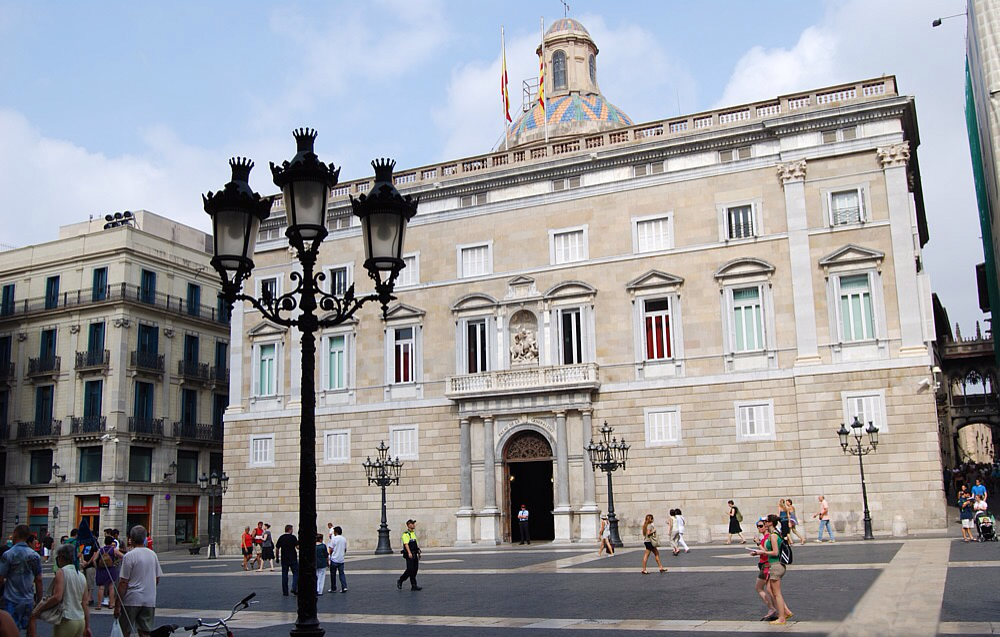
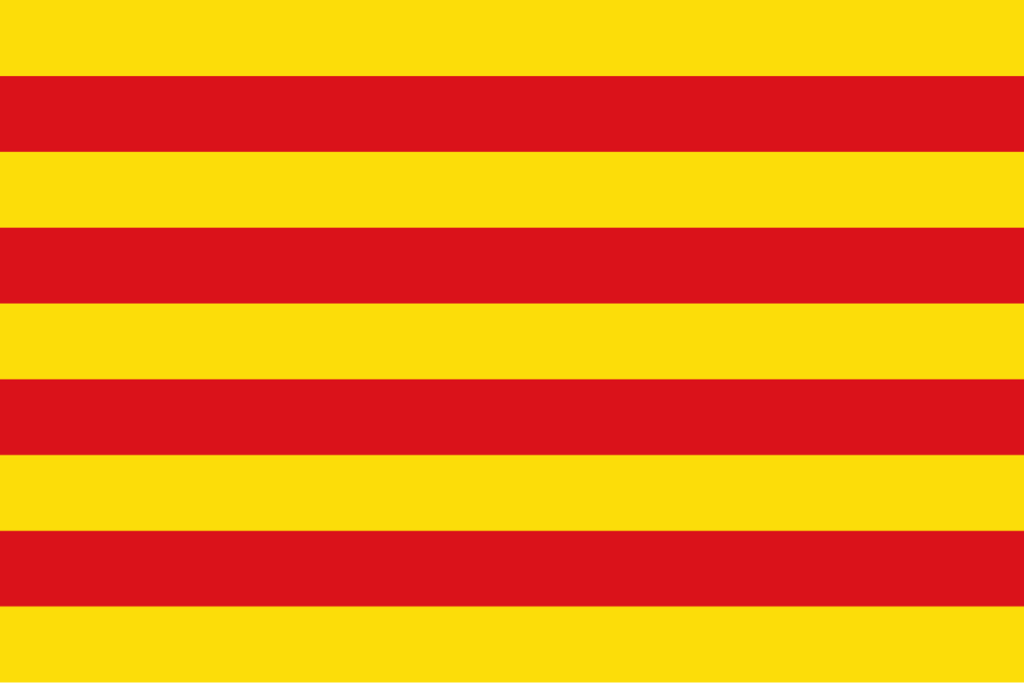
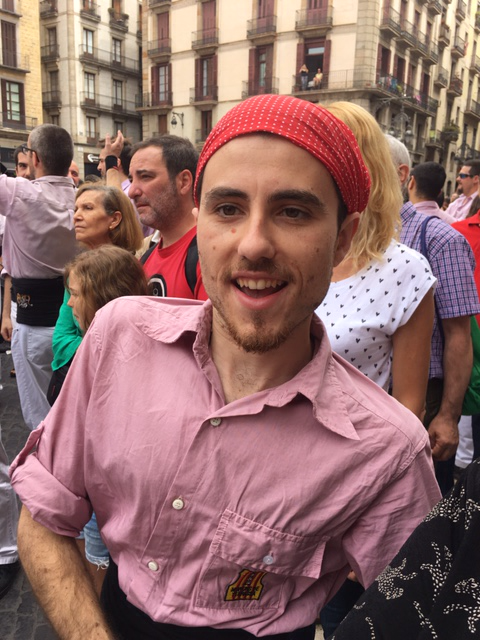
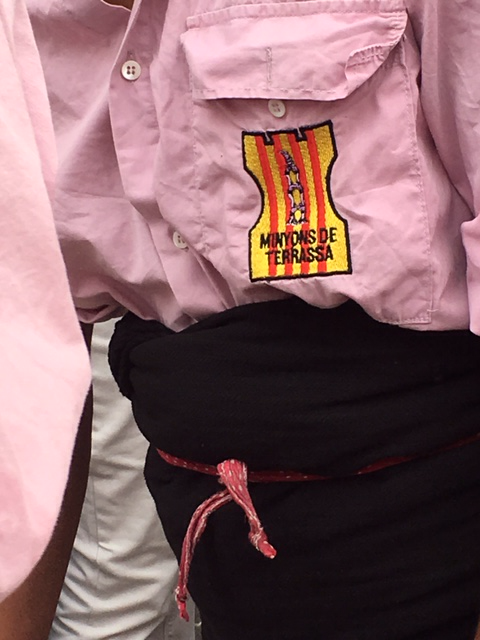
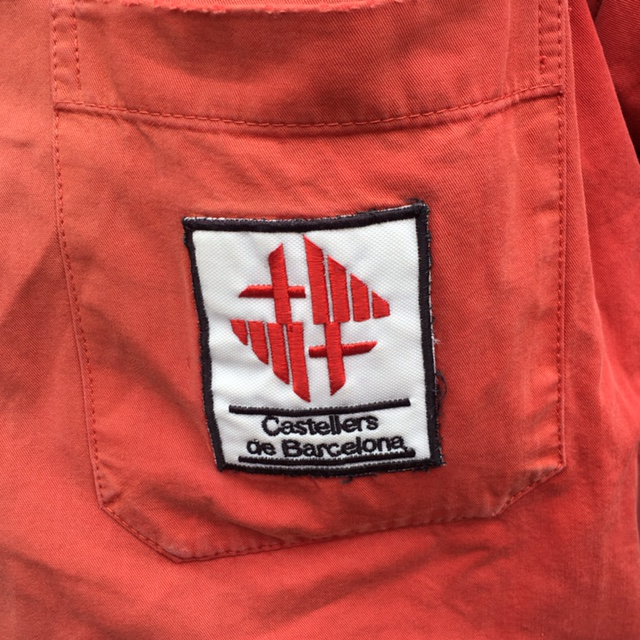
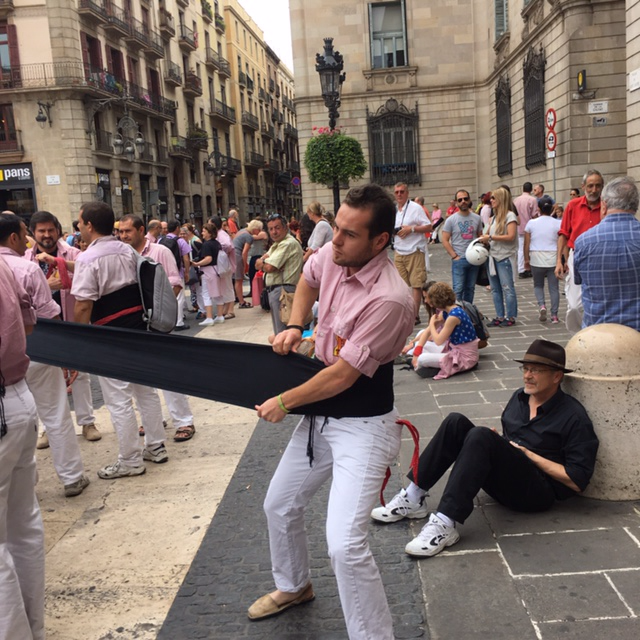
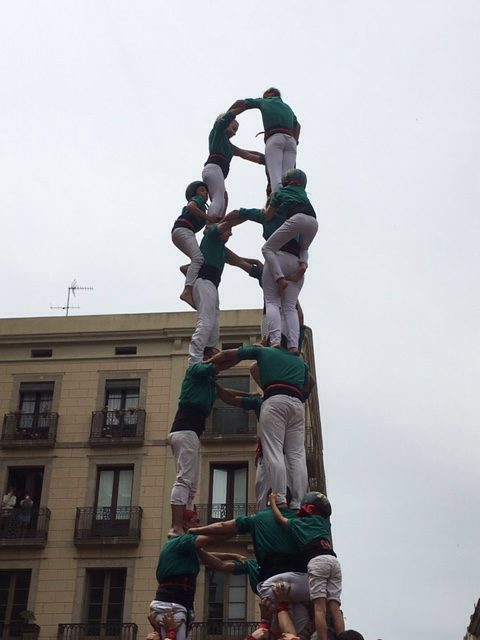
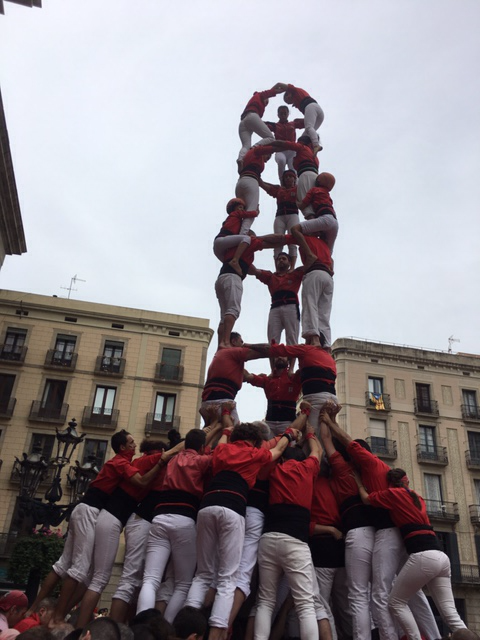
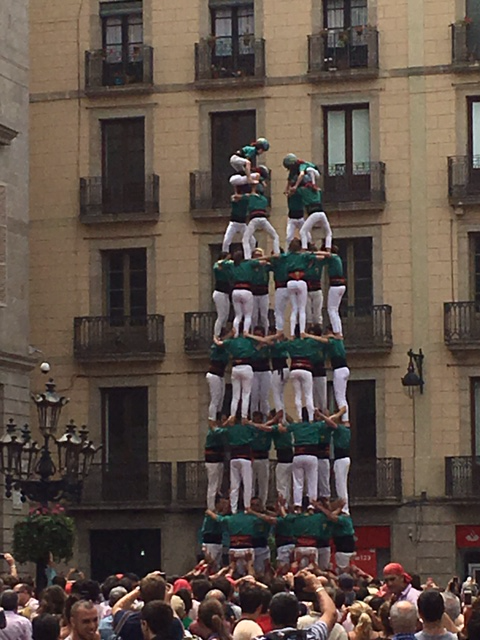
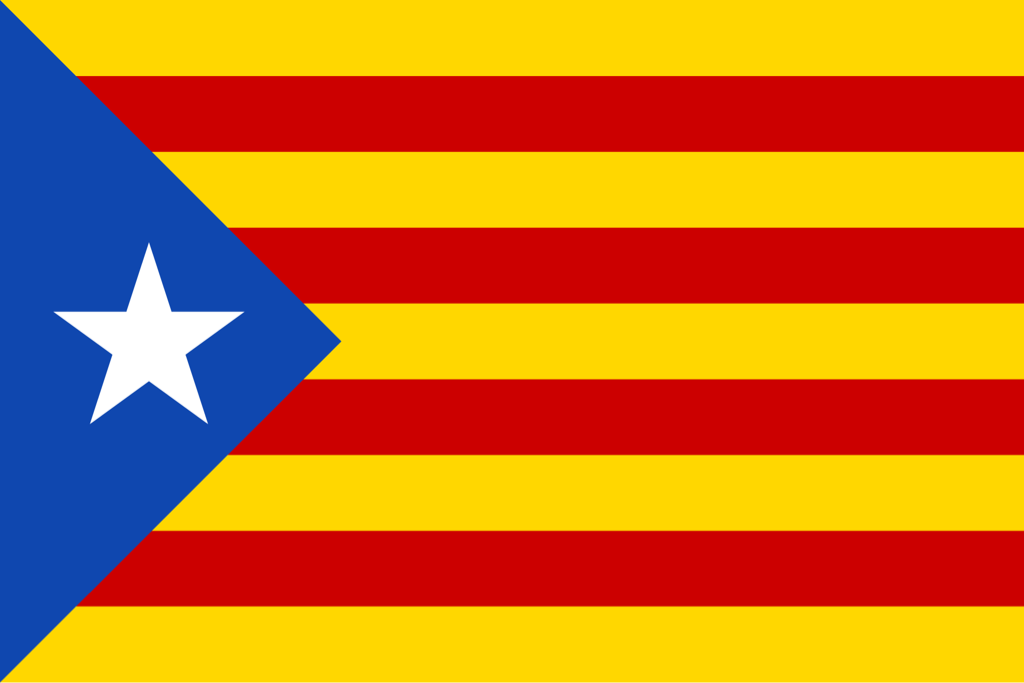
 RSS Feed
RSS Feed
